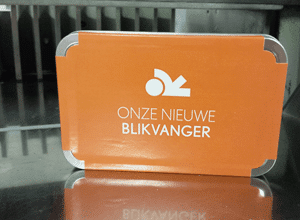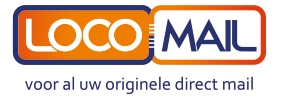Direct mailing is a personal approach to the customer. Not an unaddressed advertising brochure, but a postal item with a label. Direct mail by mail is the oldest direct marketing tool and the most appreciated. In this article we give you some direct mailing examples.
Research of Print Power Magazine, indicates that 90% of consumers empty their mailbox daily and that two-thirds are curious about what they receive. To properly bring your direct mailing to the attention of your customer, you must ensure that your mailing meets a number of conditions. The top 5 requirements are as follows:
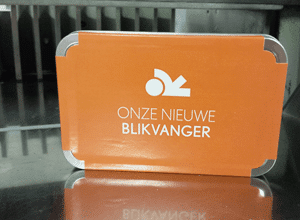 1. Originality
1. Originality
An original direct mail stands out among the regular mail items. The product arouses curiosity among customers. This ensures a high attention value and your customer will take the time to view the product. By stimulating them further with design and a unique message, the product stimulates the customer to take action. A good example is an invitation. The invitation sticks and the chance that the customer will come to the event is great!
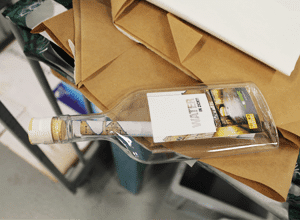
2. Appropriate for company
Direct mail is original and unique, but it is only a success if companies use it in the right way. There are many types of direct mail products available. It is up to the company to find out which DM product best suits the theme, target group and budget. For example, Feedback Limburg and I-VY insight made smart use of the Message in a Bottle for their relationship event called, Water in Sight. One of the many direct mailing examples of a Bottle Mail.
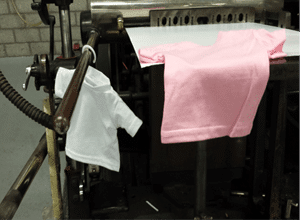
3. Give away free give aways
The Dutch love everything that is free. Companies can choose to include free give aways. Think, for example, of printed sweets during a trade fair. It is of course much nicer if the direct mail product itself is already a gift. For example, a Mini T-shirt, which customers can keep at the office.
[column col=”2/3″]
4. Good text Direct mail
Customers are inundated with information every day. They are therefore not waiting for a letter with a lot of text. It is important to keep the message short and sweet. Use relevant information that grabs attention. You don't have to include all the details in your direct mail but a tip of the veil can't hurt. For example, think of unique, original or new. Make sure information is listed chronologically in your direct mail! A model that helps with this is the AIDA model. Create attention, interest, respond to the need and then take action.
5. Process response
When customers are inspired, they naturally want to respond. In that case it is useful if contact details are available. When customers have to search for a long time for some contact details, they quickly drop out. Contact can simply be the address, e-mail but also a QR code. Try to offer many options so that customers can choose which channel they want to contact. For example, also mention the contact options of social media.

